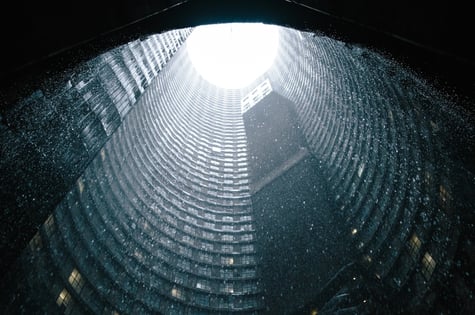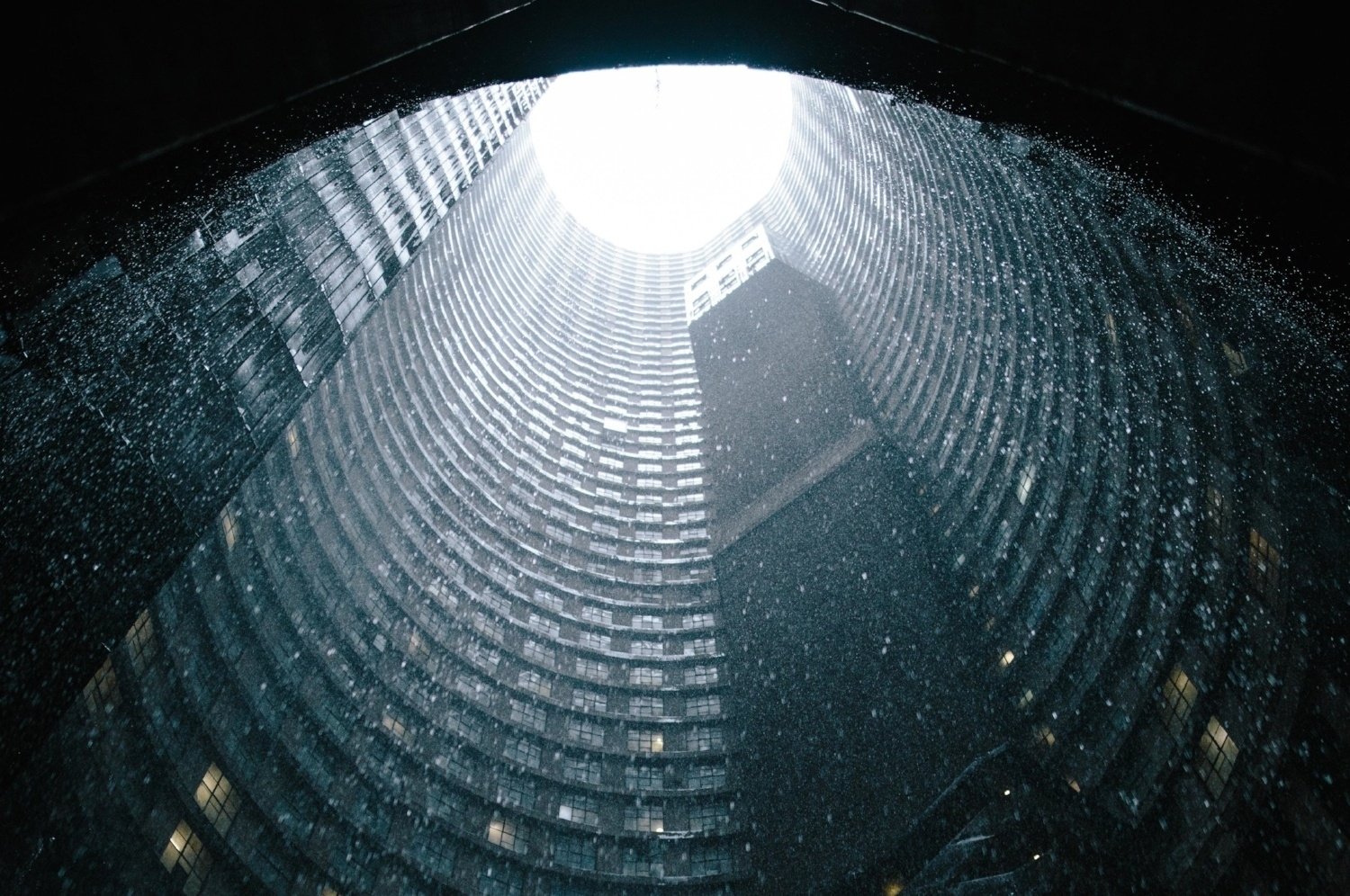 Unlike gabled, hip, gambrial or dormer roofs – as well as their similarly pitched counterparts – flat roofs do not automatically slough off water due to the force of gravity. Instead, without a proper drainage system in place, they will collect water. If you don’t take care of optimizing the flow of water and snow melt off of a flat commercial rooftop, you’re going to find yourself in some trouble.
Unlike gabled, hip, gambrial or dormer roofs – as well as their similarly pitched counterparts – flat roofs do not automatically slough off water due to the force of gravity. Instead, without a proper drainage system in place, they will collect water. If you don’t take care of optimizing the flow of water and snow melt off of a flat commercial rooftop, you’re going to find yourself in some trouble.
Problems with Poor Flat Roof Drainage
Poor drainage can cause a multitude of problems. These may include:
- Collection of leaves and debris, which retain water
- “Ponding” of water, which can buckle the roof or encourage growth of plants
- Degradation of caulking and tar, which ruins seals in rooftop systems
- Ice during winter, which can increase the load of the roof
- Stress on the structure
- Leaks in chimneys, skylights and vent pipes
Luckily, there are solutions to drainage on a flat roof. If you’re a contractor or consultant trying to figure out the best approach to a flat roof, let’s talk about the Big Three flat roof drainage solutions. That way, you can familiarize yourself with each approach and make the best decision for your building and client.
Drains
Drains, also called interior drains, are a basic drainage system like you might find in a shower. These drains are located strategically so that water gathers around them (usually a central location on the roof), then funnel the water down through pipes beneath the roof and out of the building. The benefits of this system are myriad, including the fact that pipes hardly ever need to be replaced due to protection from the roof and walls, as well as the fact that you can dispense with gutters and downspouts.
However, interior drains do need to be cleaned regularly, because blockage by leaves or other debris will encourage water ponding. You can get a custom strainer, however, by talking to a rooftop solutions specialist.
Gutters
The problem with not having gutters and just allowing water to run right off a roof is that it will end up sliding down the sides of the building and collecting near the foundation. This isn’t good for the structural integrity of the building, and over time can degrade walls and other systems. Gutters are used to catch the water in trays along the edge of the roof, then funnel it away through downspouts directed away from the building. Their main downside is that they have to be kept clear of debris or they will block up and stop working.
Scuppers
Scuppers work somewhat like gutters in that they collect water and funnel it away from the roof and sides of the building. They do this by creating openings in the parapet walls of a roof, through which water pours into a downspout and is then routed away from the building’s walls and foundations. These are commonly used when a building’s roof is located over flower beds and the water can be directed right into them.
While scuppers are very useful structures, their main downside is that they don’t work quite as well on flat roofs as they do on pitched ones. They also don’t deal well with snowmelt, though they’re quite effective for heavy rain. Like gutters and drains, they must be kept clear of leaves and debris.
If you’re looking for quality drainage solutions that will protect the roof you’re working on, you’ll most likely find the right one from among these three. While none is perfect, all bring different benefits to the table, ensuring you’ll be able to find a design that works for you.




